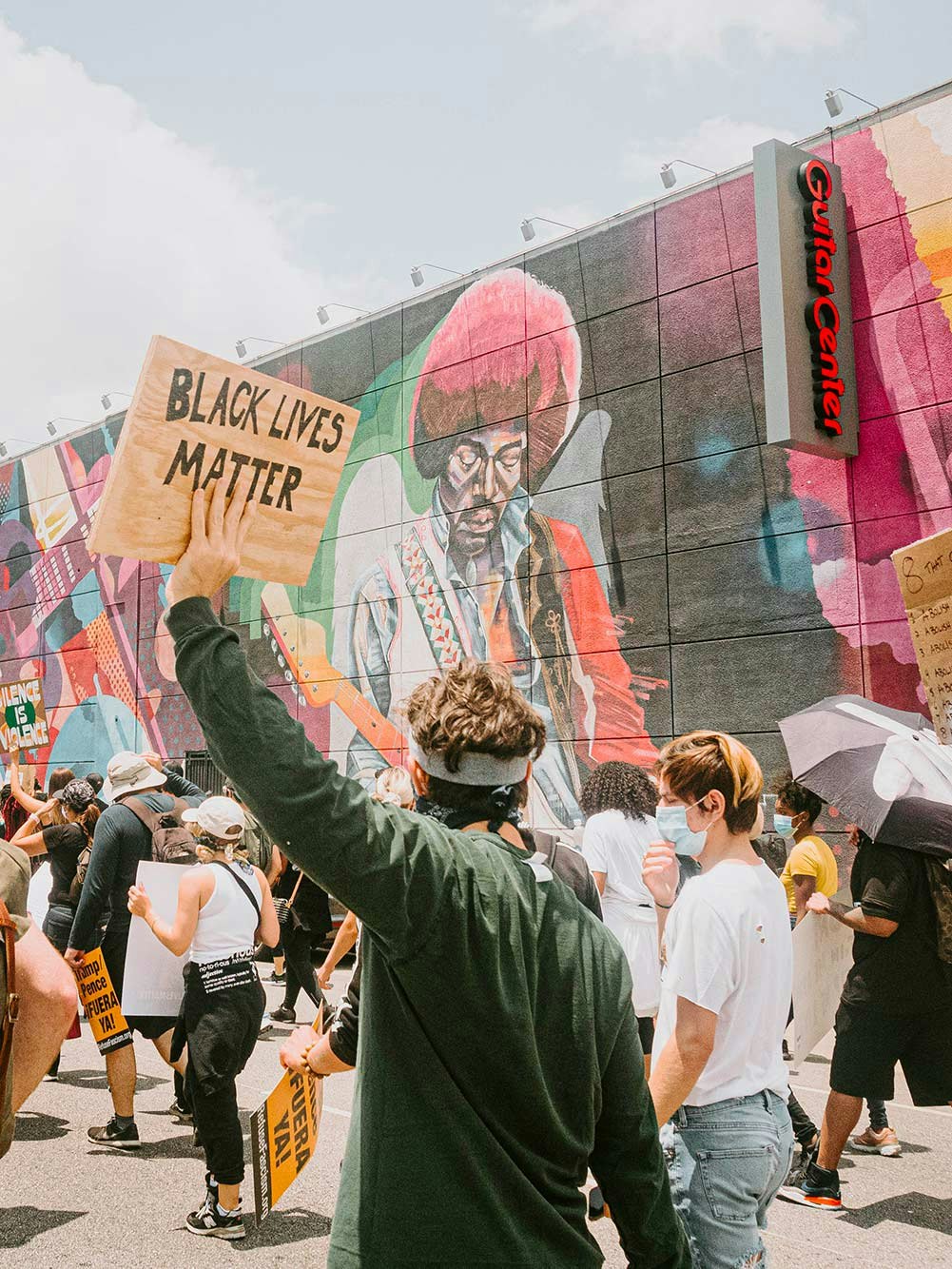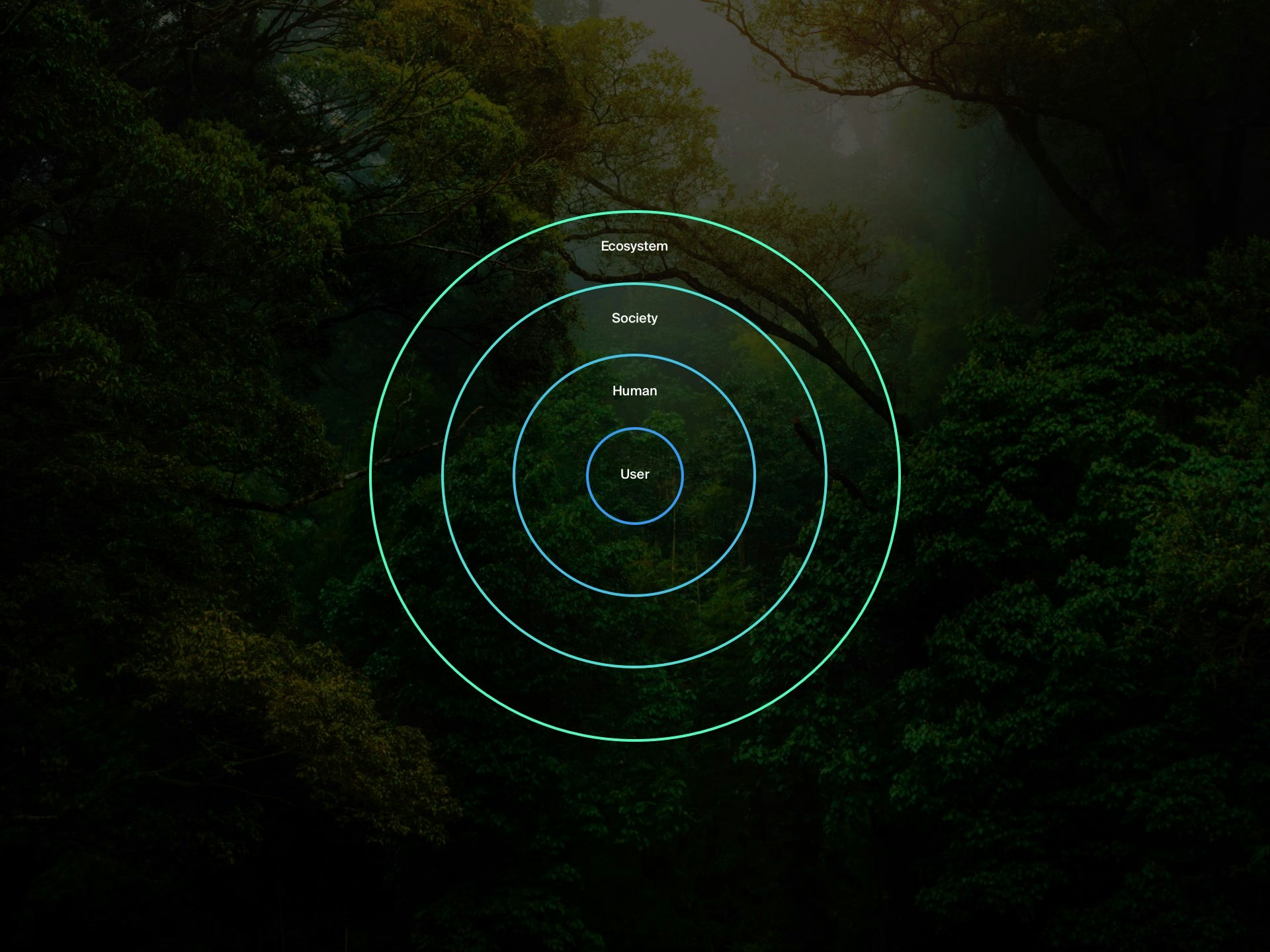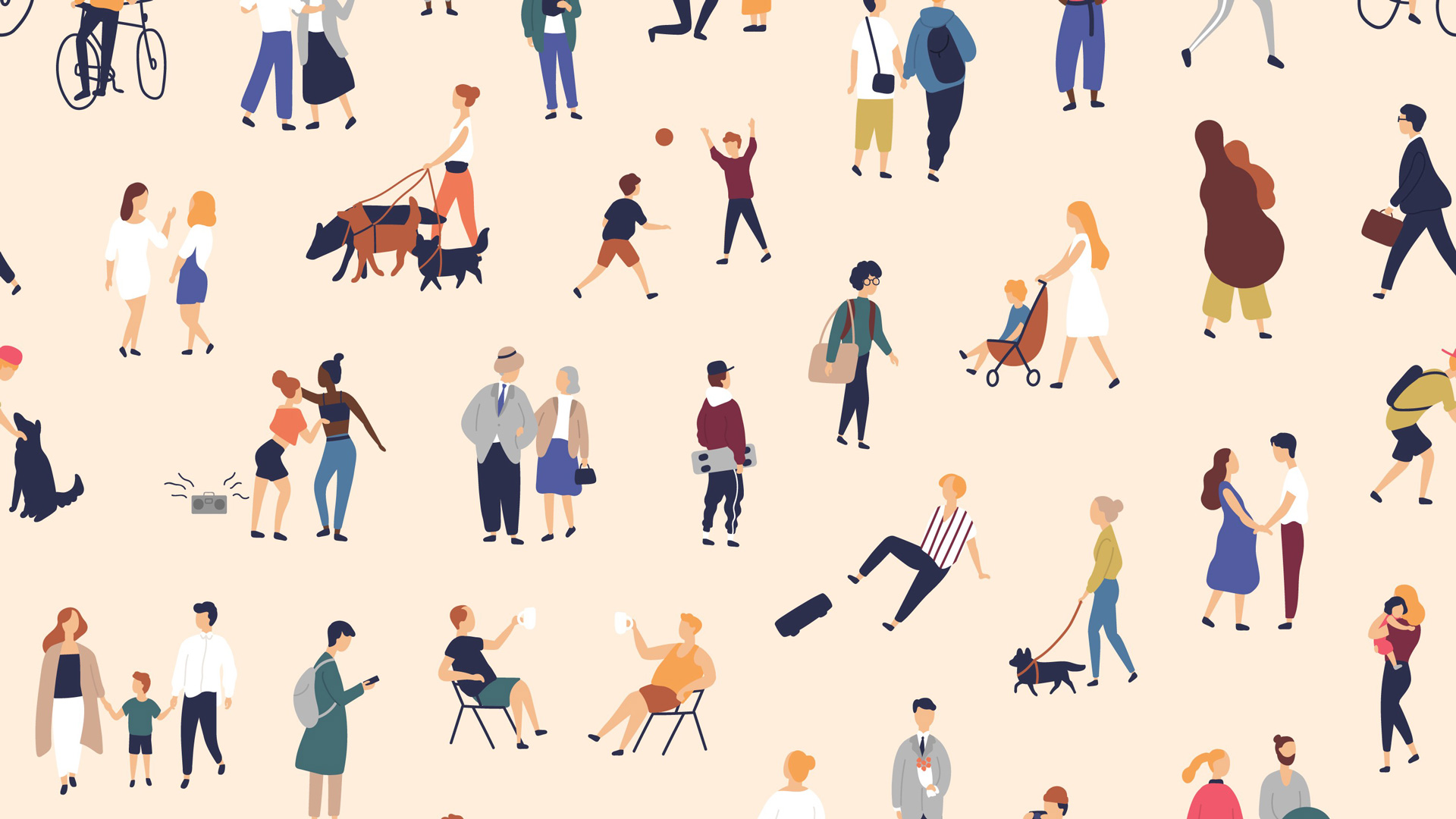The dimension of sustainability, in recent years, has rightly entered more and more overbearingly first into the social, then political and finally economic agenda. With different nuances, with other ambitions and often with mixed motivations, people, groups, companies and society are wondering how it is possible to continue to meet the needs of the present generation without compromising the ability of future generations to do the same.
What destiny awaits the generations to come? Will we have a better future? How can we make sure that this happens and that what awaits us is no worse than what we have already experienced?
And it is not a matter of longing for a past mythical golden age: the evidence multiplies and unfortunately, as Sergeant Hartmann said, the circle narrows. The economic crisis that has gnawed at levels of collective well-being since the 1990s; the spread of political instability throughout the world since the collapse of the Berlin Wall; the ongoing climate change and, last but not least, the pandemic that is still claiming victims everywhere... all are elements that make this dimension urgent, felt and crucial.
And that makes the issue so knotty that it can only be tackled with a powerful personal and collective effort.
As far as the personal dimension is concerned, we can only hope that everyone makes responsible choices aimed at general well-being. For the collective extent, instead, as designers, we have something to say and several arrows in our bow to contribute.










